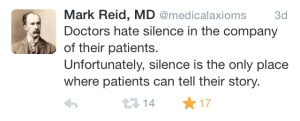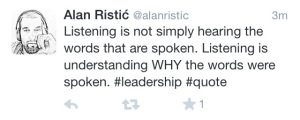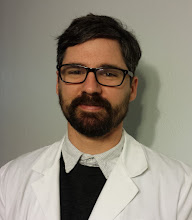It is the silence and expanse of nature and wilderness that allows the existence of city life. It must be there, a place to go to, or the mind cannot breathe.
When looking at the earth from space, we do not assume the only activity or important part is the part that is lit up. The darkened areas are alive as well. This is also the case with fMRI. Yes one part is lit up, but this says nothing about the importance of the less active or "silent" areas. They too are playing an important role.
And so it goes for any meaningful interaction, and in particular, care-based interaction. Silence is the time when the ideas can settle, when concepts can take root, when importance is emphasized.

We all know that a good history can yield some superb differential diagnosis choices. This can only happen in environmentally appropriate silence. We already know what we know. Therefore we can keep quiet about it. We don't know what the patient knows... so we must listen.
Silence has a time component. Perhaps that's why it's so hard to come by...
Give silence a chance.
-Matt Dancigers, DPT
*Image credit: NASA
Interested in live cases where I apply this approach and integrate it with pain science, manual therapy, repeated motions, IASTM, with emphasis on patient education? Check out Modern Manual Therapy!
Keeping it Eclectic...














Post a Comment
Post a Comment